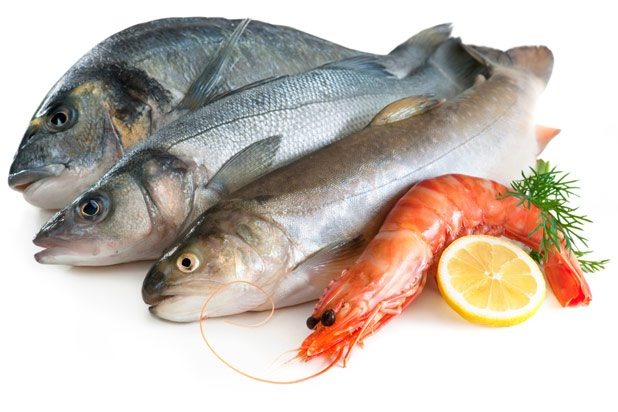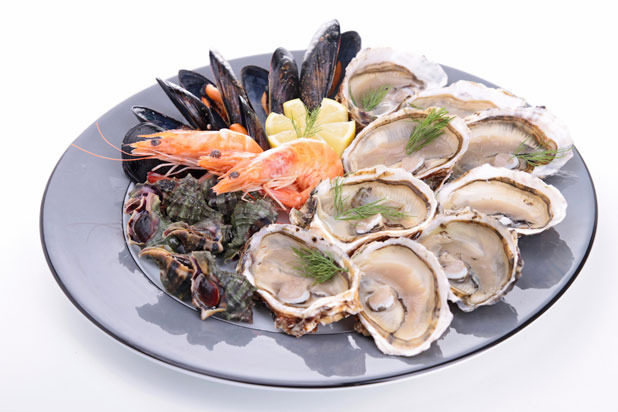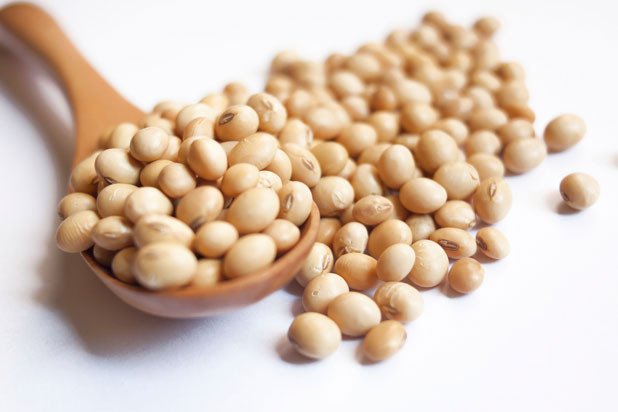7 Most Common Food Allergies (Slideshow)
This allergy is more common in young children, and in many cases may be outgrown by the time kids reach school age. However, an egg allergy is the second most common food allergy in children. Eggs and egg products are frequently present in a variety of foods with "glazing," or in baked goods with an "egg wash." In most cases, the egg white is the food allergen, although if you're allergic you need to avoid the entire egg due to the white's cross-contact with the yolk.
Fish
The most common individual fish allergies are salmon, tuna, and halibut. If you have a fish allergy to one type of fish, about one-half of those affected may react to another type of fish. Cross-contamination in prep surfaces and storage in fish markets, seafood restaurants, and the like are responsible for the increased risk of finding this common food allergen present in your dish. In fact, in some restaurants, fish can be found in a variety of sauces, marinades, and even marinara pasta sauce to enhance their flavors. Make sure you ask before your first bite!
Cow's Milk
Cow's milk is the number one food allergy in infants and young children, but there's good news — most young children outgrow milk allergy by school age. Milk proteins may be found as "hidden" ingredients in many food items, though, even in canned tuna! A milk allergy is frequently confused with lactose intolerance, an intestinal inability to properly digest cow's milk (lactose sugar) that is responsible for maldigestion with symptoms such as bloating, gas, and stomach upset. Testing can help determine if you have cow's milk or lactose intolerance or a true cow's milk allergy.
Nuts
Nut allergies rank high on this list due to the changing nature of various diets and a high risk of exposure on menus at bakeries; dessert, ice cream, and yogurt shops; and Mexican, Thai, and other Asian restaurants, where nuts are common ingredients. If a food label says, "may contain nuts," take it very seriously. According to researchers, even a minute amount of the allergen can wreak havoc and send your child to the local ER. In most cases, if you are allergic to one nut, it is prudent to avoid all tree nuts, especially with the ease of cross-contamination. It is estimated that about one in 10 individuals who are sensitive and react to tree nuts may outgrow their allergy.
Peanuts
One of the most common food allergens is the peanut, and it's not the same as a tree nut. In fact, peanuts are actually below-ground grown legumes. Having a peanut allergy does not imply you are allergic to other legumes. About 20 percent of those with peanut allergy can outgrow this often scary and serious food allergy, but for those who remain allergic, it is one of the leading causes of serious, potentially life-threatening allergic reactions in the U.S. Government researchers have found a doubling in the number of sufferers, particularly children, over the past decade or so. The allergy appears to be more prevalent when peanuts are "roasted" rather than "boiled," as is more common overseas, and particularly in Asia.
Shellfish
This widely popular food source is fast becoming by far the number one food allergen in adults in the U.S. There are two main types of shellfish allergies: first, crustacean allergies, such as lobster, shrimp, and crab, and second, mollusk allergies, such as scallop, clam, and mussels. In many cities and towns, there has been an explosion in the number of sushi, seafood, or Asian-based dining venues where shellfish is prevalent on the menu. It is very unlikely that once a shellfish allergy is established that one will actually outgrow it; in fact, that occurs in less than one out of five shellfish-allergic persons.
Soy
Soy is one of the top causes of food allergies in the U.S., particularly among babies and children, and is required to be labeled by the FDA since the advent of revised food allergen labeling laws. However, most children outgrow a soy allergy by the age of 3. Soy is very prevalent in the food supply, particularly in processed foods, and may be found in a very large amount of foods, particularly packaged ones. In some cases, one can react to soy milk but perhaps not tofu or edamame, as it is unclear whether there are distinct differences in these various forms of soy.






